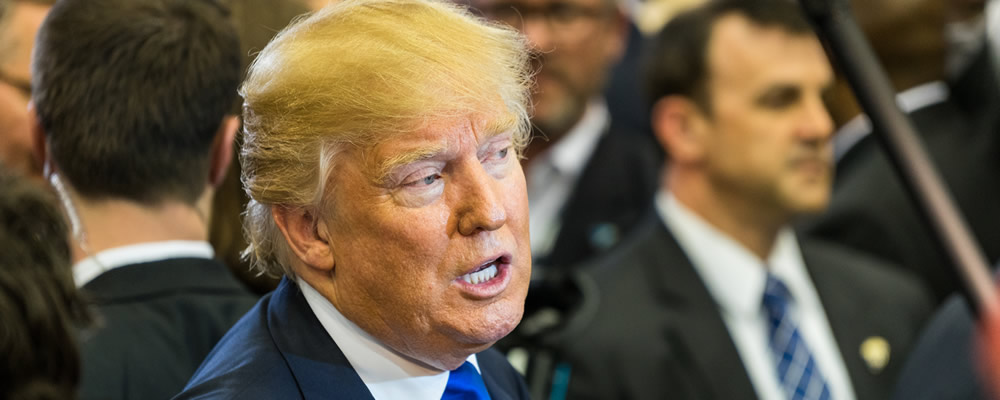Euro US Dollar (GBP/USD) Exchange Rate Down, Greenback Benefits from Trade Hopes
Despite a lack of strong US data recently, as well as predictions for a more dovish Federal Reserve in the coming months, the Euro to US Dollar (EUR/USD) exchange rate has been tumbling this week.
Following a solid advance of almost a cent from 1.1080 to 1.1165 last week, EUR/USD shed some of those gains since markets opened yesterday.
At the time of writing on Tuesday, EUR/USD is trending near 1.1130, having lost a third of a cent from the week’s opening levels.
Investors are hesitant to buy the Euro (EUR) amid concerns about the Eurozone economic slowdown, while the US Dollar (USD) outlook has been rising on news that US-China trade relations have improved.
Euro (EUR) Exchange Rates Fail to Find Support amid Lingering Slowdown Fears
Euro movement was fairly limp today, as investors awaited more Eurozone economic data and signs that Europe could be recovering from its long economic slowdown. As a result, EUR/USD was pushed lower by a stronger US Dollar (USD).
This follows yesterday’s Eurozone manufacturing PMIs from October, which beat forecasts in key French, German and overall prints.
While these stats beat forecasts, they continued to indicate Eurozone manufacturing is in a concerning state, and also pointed at lasting recession in Germany.
Some economists attempted to calm market jitters by saying that a slowdown didn’t mean a recession would happen. According to Klaus Regling, Head of the Eurozone Bailout Fund:
‘We have to remember that not every cyclical slowdown leads to a recession, and not every recession implies another crisis,
It is important to look at the underlying dynamics. This slowdown in growth relates mainly to external factors, while domestic demand remains resilient.’
Markets have also begun to bet that the global economy will miss a recession, but this has benefitted the Euro’s rival the US Dollar more.
US Dollar (USD) Exchange Rates Benefit from Global Economy and Trade Hopes
The US Dollar has seen stronger demand since last night amid hopes that US-China trade relations are improving and that a preliminary trade deal could be in sight.
While the US Dollar is a safe haven currency, the US economy has been impacted by the US-China trade war and the global slowdown. As a result, hopes that these issues could soften are supporting the US Dollar this week.
According to Minori Uchida, Head of Global Market Research at MUFG Bank in Tokyo:
‘We’re getting some positive news about trade talks. This is all supportive of the Dollar, and this trend could continue.’
The latest US Dollar strength comes despite continued concerns about the US economy and the possibility of a more dovish Federal Reserve, which was only exacerbated by worse-than-expected US factory orders data yesterday.
Euro to US Dollar (EUR/USD) Exchange Rate Movement Focused on Data or Possible US-China Breakthrough
While the Euro to US Dollar (EUR/USD) exchange rate has been driven by US-China trade hopes and risk-sentiment this week so far, markets are still anxious about the Eurozone and US economic outlooks.
As a result, upcoming Eurozone and US data have the potential to drive EUR/USD movement in the coming days.
One of this week’s most influential ecostats, US non-manufacturing PMI data from ISM, will be published this afternoon. If it falls short, Federal Reserve interest rate cut bets could rise and the US Dollar could weaken.
Tomorrow will see the publication of most of this week’s most notable Eurozone data. If Eurozone services and retail stats beat forecasts, they could boost hopes that the Eurozone economy is showing signs of recovery.
Other upcoming data that investors will keep an eye on includes tomorrow’s German factory orders results and US productivity stats.
However, if the US and China close in on a preliminary trade deal within the coming weeks, this could lead to a jump in US Dollar demand and the Euro to US Dollar (EUR/USD) exchange rate will fall further.



